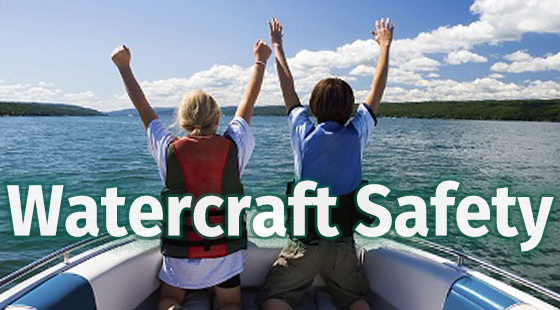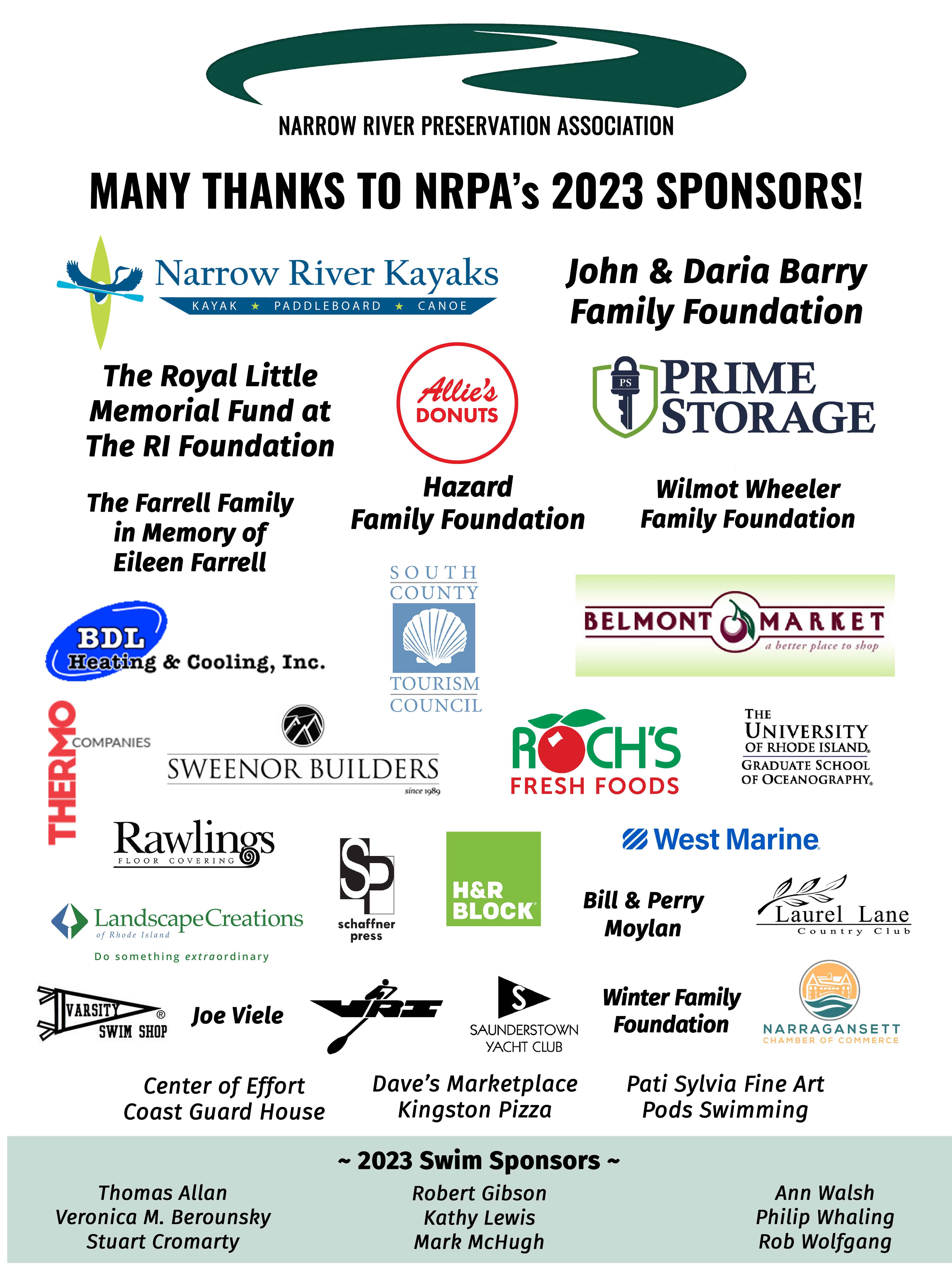Canine Detection of Human Sources of Bacteria in Narrow River

June 2018 by Veronica Berounsky and Jonah Namzoff
A few areas of Narrow River suffer from excess bacteria, a common problem for watersheds near towns and cities. In late June, NRPA hosted two canines (dogs) with a new approach to this problem known as canine detection, in which humans combine their efforts with the keen senses of their best friends to identify preventable sources of contamination.
The canine detection project has come to Narrow River thanks to a $10,000 grant from The Nature Conservancy and US Fish and Wildlife Service, and it is being carried out by NRPA in conjunction with personnel at the RI Department of Environmental Management (RIDEM) and with the cooperation of the towns of Narragansett and South Kingstown. Results of the project will be available in late August.
What is canine detection? These dogs detect smells of human origin and ignore other smells such as animal waste. The trained canines can sniff the ground or stormwater structures and signify whether there are elements of human contamination such as leaking sewer or septic systems. Once identified, leaks may be fixed.

NRPA contracted with Environmental Canine Services LLC of Otisfield, ME for this service. Founded in 2009, their dogs and handlers have carried out over 70 on-site projects in 14 states and samples have been sent to them for analysis (sniffing) from 11 different states. Although there are a few other ways to identify human sources of bacteria, this method provides instant results (no waiting for lab analyses to be completed) and does not need reference material that is required for DNA studies.
The Narrow River project has two phases. The first was called Ship and Sniff; in late May, scientists from NRPA and RIDEM collected samples from areas of concern and mailed them to Environmental Canine Services LLC laboratory. Once received, the dogs checked each sample and indicated if the source of the bacteria was human.
Phase 2 was Onsite Canine Detection; in late June, the dogs and their handlers from Environmental Canine Services LLC came to the Narrow River watershed. Based on the results from the samples sent in Phase 1 of the project, they went to the areas of concern and worked on tracing the smell of human contamination to its source.
A demonstration of the detection process held on June 27th was performed by two dogs, Kai and Remi, and their handlers. Both handlers have full-time jobs and remain on call to take their dogs out in the field.

Like most of the dogs selected for the canine detection program, Kai and Remi were found in a shelter. Selected for their agreeable demeanor and acute sense of smell, they were adopted and started the one year training program while still young enough to train.
For the demonstration, their handlers planted samples of sewage for the dogs to recognize in some nearby foliage, and Kai and Remi took turns locating the contamination and signaling their finds to their handlers. As promised, they found the waste in a matter of seconds, and one could easily picture them sniffing out even trace amounts of sewage. Handlers work with their dogs to develop signals that work on an individual basis. When Remi detected the sewage, she sat and barked once as many do, but Kai leapt up excitedly and barked once. Each was rewarded with a treat and a quick game of fetch upon accomplishing their goals.
The trainers stayed after the demonstration to answer questions about the program with press and community members, and their dogs enjoyed some affection from the residents of the watershed who will benefit from their work.
“NRPA welcomes every opportunity to improve water quality in Narrow River to ensure the health of the public and the river,” said Veronica Berounsky, NRPA Vice President and Chair of the RI Rivers Council. “This strategy has the potential to be an effective and cost-saving approach and we are pleased to collaborate with The Nature Conservancy, RI DEM, US Fish and Wildlife Service and the towns of South Kingstown and Narragansett. A previous canine detection demonstration was done in Bristol, RI, but this is the first full project of its kind in Rhode Island and we hope it will inform other such projects to protect Rhode Island waterways.”
Bacteria may originate from human and nonhuman sources. Narrow River has been closed to shellfishing since 1994 due to unacceptably high bacteria levels in the water column. In 2001, the Office of Water Resources of RIDEM for the Pettaquamscutt (Narrow) River Watershed, Rhode Island”. This report included ongoing and proposed mitigation methods for bacterial contamination, such as retrofitting storm drains, building sand filters and detention ponds for stormwater, and adding in bioswales. The Towns of Narragansett and South Kingstown have been diligent in using those methods in an attempt to reduce bacteria levels in Narrow River. RIDEM has done both dry weather and wet weather bacterial sampling and also monitors for illicit connections to stormwater pipes.
NRPA has worked with the towns and RIDEM to educate watershed residents about the mitigation methods and about ways the people can directly help, such as not feeding waterfowl, removing pet waste, and maintaining a vegetated buffer along the River.
Since 1992, NRPA has been testing the water in Narrow River through our River Watch Program, a part of the URI Watershed Watch program. As reported in NRPA’s compilation of 25 years of River Watch data, improvements can be seen thanks to the above mentioned efforts, but there are still high bacterial levels found south of Lacy Bridge and in most of the incoming streams. Further studies, conducted with funds from both the US Fish and Wildlife and the RI Rivers Council, have investigated these high bacteria levels, their potential sources, and if there are indicators of human contamination. The next step was to determine if the bacteria are coming from human sources or non-human (birds, dogs, wildlife, etc.). If there are human sources, there may be ways to control and stop the contamination.
“Good science, smart dogs,” Berounsky commented in light of the demonstration. “How do you top that?”
UPDATE October 2018:
At NRPA’s 48th Annual Meeting in October 2018, Karen Reynolds, President and K9 Handler of Environmental Canine Services, LLC in Otis, Maine and Heidi Travers, RI Department of Environmental Management presented on Canine Detection of Human Contamination.
In June, the special dogs trained to identify sources of human waste (sewage) visited areas of the Narrow River near locations at which testing has indicated high levels of bacteria. The dogs identified specific areas where there may be leaking septic or sewage systems.
This method of canine detection is extremely accurate as well as less expensive and more responsive than other methods of bacteria identification such as DNA testing.
NRPA is working with the Towns of Narragansett and South Kingstown to pinpoint problems that can then be corrected. To protect the privacy of property owners, NRPA and the towns are not releasing exact locations of contamination to the public.
NRPA will continue to monitor bacteria levels throughout the river, which will indicate whether contamination problems decrease or remain a concern.







